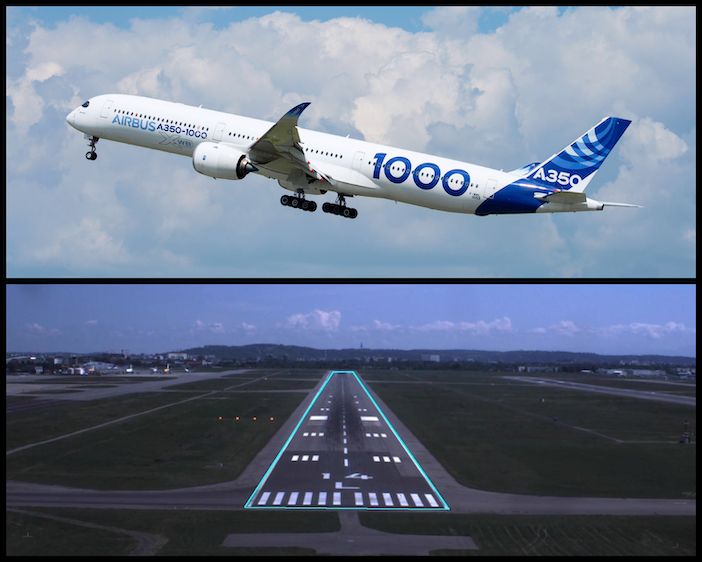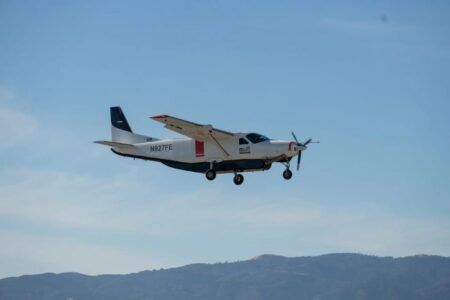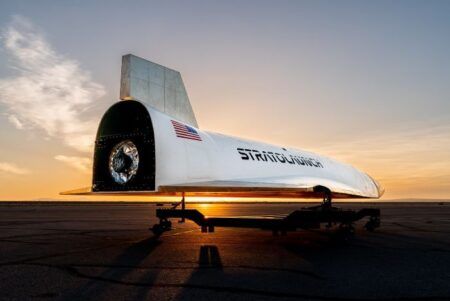
Airbus has successfully concluded a two-year project to develop a system for the autonomous taxiing, take-off and landing of commercial aircraft.
The Autonomous Taxi, Take-Off and Landing (ATTOL) project has used automatic vision-based flight tests and on-board image recognition technology to achieve this for what Airbus claims is the first time in the world.
ATTOL has seen over 500 test flights conducted with around 450 of those flights dedicated to gathering raw video data to support and fine tune algorithms. The project has recently concluded with a series of six test flights, each one including five take-offs and landings per run to test autonomous flight capabilities.
The first fully automatic vision-based take-off with a test aircraft was conducted at Toulouse-Blagnac airport in France during December last year.
The aim of the ATTOL project was to explore how autonomous technologies, including the use of machine learning algorithms and automated tools for data labelling, processing and model generation, could help pilots focus less on aircraft operations and more on strategic decision-making and mission management.
Airbus said it will use the data from ATTOL to analyze the potential of autonomous technologies for enhancing future aircraft operations and to improve aircraft safety.
The two-year ATTOL project involved various Airbus engineering and technology teams from around the world and different divisions, including Airbus Defence and Space, Acubed, Airbus China and French research agency ONERA.
The project was headed up by the “Airbus UpNext” initiative, which has also run the fello’fly v-shaped formation flight R&D program, the MAVERIC (Model Aircraft for Validation and Experimentation of Robust Innovative Controls) project and the E-Fan X hybrid-electric propulsion project, before it was cancelled.




